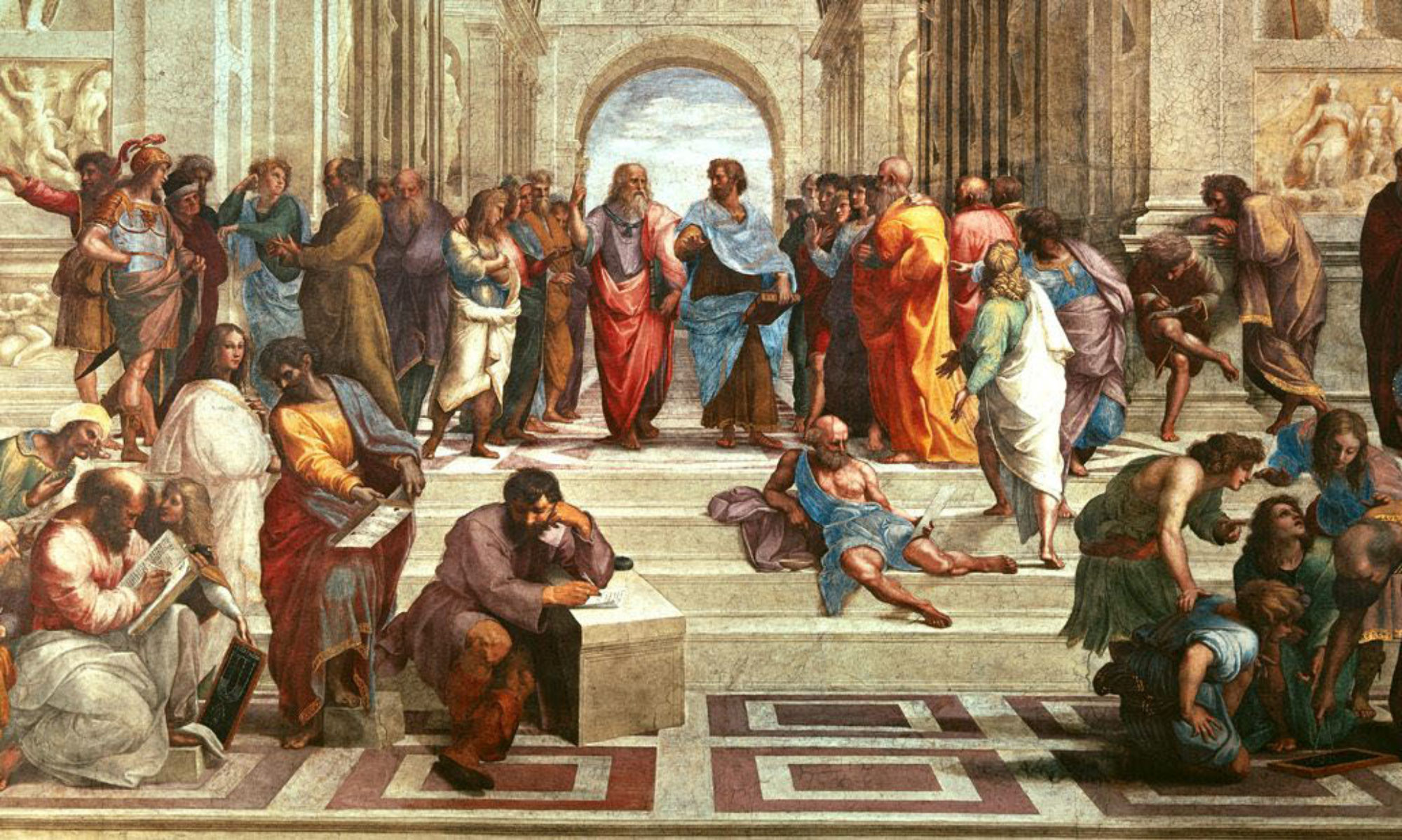by Isabella Schomborg
Something that all cultures have in common is Art, language and religion. The first humans, like homo Neandertalis, left caves full of paintings. Cultures across the Globus decorate themselves with paint, tattoos and ornaments. Moreover, all cultures developed some form of Art at one point or another. Even cultures with no contact with others know of artistic concepts; therefore, Art cannot be simplified by saying it was passed on or stolen. Instead, Art seems to be bred to the bone—something deeply ingrained in humanhood. But as with almost every human characteristic, it has to have a survivalist reason. The question is: How could that be? Isn’t Art just a simple tool to pass the time with? This is not the only reason because Art has biobehavioral roots and possesses nurturing and beneficial features.
Edward Wilson¹, a Havard entomologist, suggests that genetics also affect psychological traits, meaning that sleeping, vomiting or scratching are not the only instincts. Following his theory of social behaviour, he also believes Lust, Maternity and Aggression are inborn traits. Thus one can Suggest that Art, or rather creative thinking, can be part of human behaviour. However, what is it capable of?
Creative thinking brings new ideas and thus advancement. For example, using herbs for health benefits might stem from logic, but without imagination, someone would never have tried it. Also, using a circular shape to ease transportation would not have been palpable without thinking about using everyday objects differently. Furthermore, creative thinking is in every way a result of human intelligence, but it also furthers it by training the brain. It builds cognitive abilities, and in a way, one can say that the development of creativity furthered human evolution, i.e. by making it bigger through use. Moreover, thinking creatively leads to assumptions and reflections. Humans can think ahead without previous experiences simply by imagining what might happen. This undoubtedly has a considerable impact on planning and coordination, which are human survivalist’s skills. Another way Art furthered humanity is through music. By singing and dancing, not only social life is enhanced but also coordination. Messages are orally distributed like in myths, but the most remarkable example is found in slavery, where work songs were used to make working easier, keep a rhythm for organisation, and circulate hidden messages to plan without being found out.
But As many people can live without the fine arts, not engaging with it in any way in everyday life, the idea of Art as a functionality seems to come to an end. However, it actually does not if the narrative is slightly shifted to a broader sense. In a way in which Art matters personally to someone and is not made to enhance the community. Perhaps it offers a way of being able to not think about one’s environment, to be able to escape worries and responsibilities for a moment to refresh the mind. However, Art can also echo and reflect the natural world humans are surrounded by. It can, therefore, also help process reality by giving specific problems a face, a visualisation to help overcome non-tangible things like death, guilt or loss. Consequently, it can be therapeutic to classify and categorise matters.
All in All, Art is quite beneficial other than being fun. It builds community, aids coordination and helps us navigate this big world by giving us the apparatus to visualise abstract concepts. Although in the end, Art should not be protected because people think it is useless. Can’t things be enough and be important by simply existing? By merely being fun? Doodling or whistling might not be the things that help save the world, but by amusing just one person, its existence is already valid.
1 Wilson, Edward : Sociology. The new synthesis. 2 edition: Harvard, Harvard university Press, 2000
